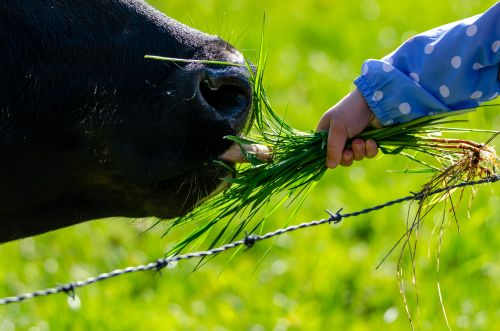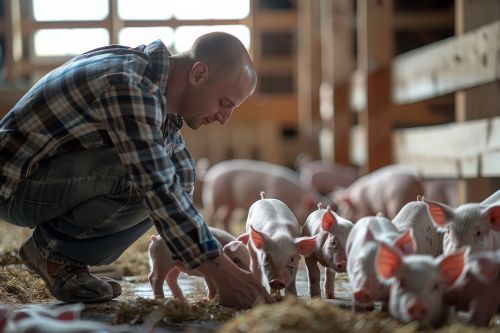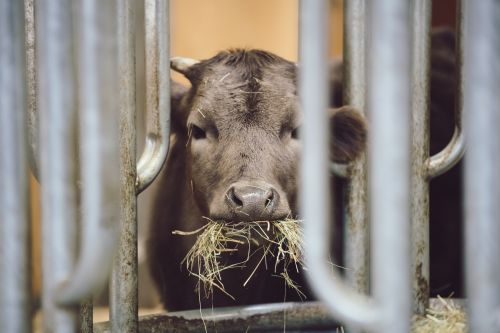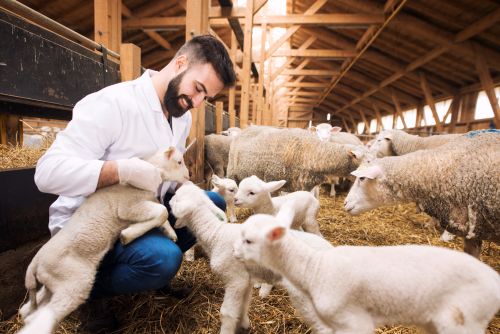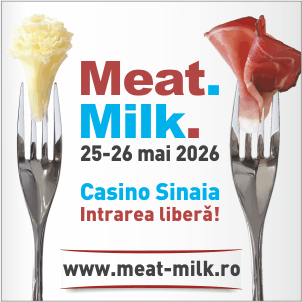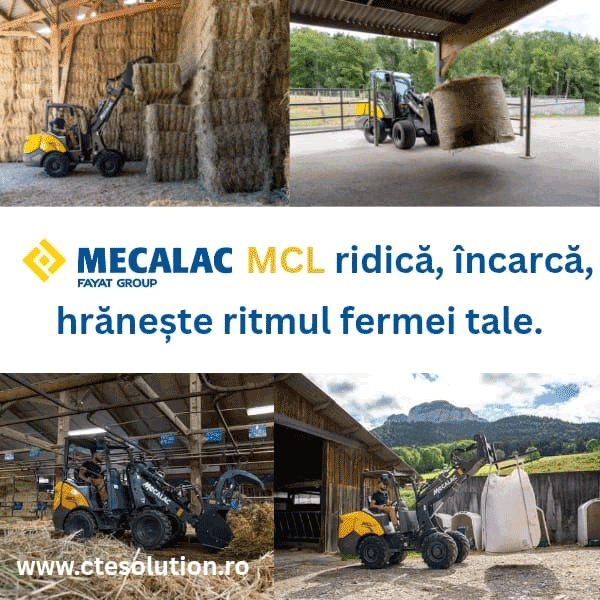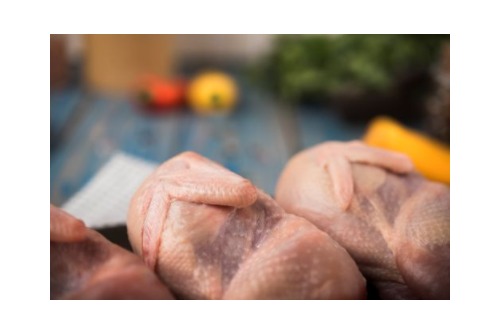
Poultry Meat – Romania’s Competitive Edge in the EU Market
Poultry is the most consumed type of meat in the European Union, with an average of 24 kg per capita in 2024, according to Eurostat. Romania exceeds this level, with consumption estimated at 34 kg per capita, representing around 42% of total national meat consumption. Its popularity is explained by its more affordable price compared to beef or pork, its nutritional value, and the wide variety of products available on the market.
Romania’s domestic poultry production reached nearly 1.4 million tons in 2024, according to the National Institute of Statistics (INS), covering more than 90% of domestic demand. This places the country among the EU’s top five producers, alongside Poland, France, Spain, and Germany. Exports exceeded 220,000 tons, with key destinations including Italy, Greece, and the Middle East. The total export value approached €500 million, confirming the poultry sector’s role as a strategic pillar in Romania’s agri-food trade balance.
Competitive Challenges
Romania faces challenges similar to other Eastern European producers. Feed prices have risen by more than 15% in the past two years, putting pressure on profit margins. At the same time, EU regulations on animal welfare are introducing stricter standards for housing and transport, requiring additional investments at farm level. Even so, large integrated farms have managed to remain competitive by investing in digitalization, process automation, and expansion into premium segments such as organic and clean-label products.
Biosecurity and Food Security
Another key aspect is food safety and biosecurity. Romania has periodically faced outbreaks of avian influenza, which disrupted exports and required the preventive culling of flocks. The implementation of high biosecurity standards and investment in digital monitoring systems have become top priorities for the poultry industry.
Long-Term Prospects
In the long run, Romania’s competitiveness in the EU poultry market will depend on strengthening the value chain. Integrating small farmers into cooperatives, investing in modern slaughterhouses, and diversifying into higher value-added products (marinated, ready-to-cook, organic) could not only secure market share but also drive expansion abroad. In the context of the green transition, processors adopting sustainable practices and reducing their carbon footprint will gain an additional competitive advantage.
Romania thus has the opportunity to remain a strong player in the European poultry sector, but success will depend on its ability to adapt to new production standards, invest in technology, and respond to increasingly diverse consumer demand.
(Photo: Freepik)
